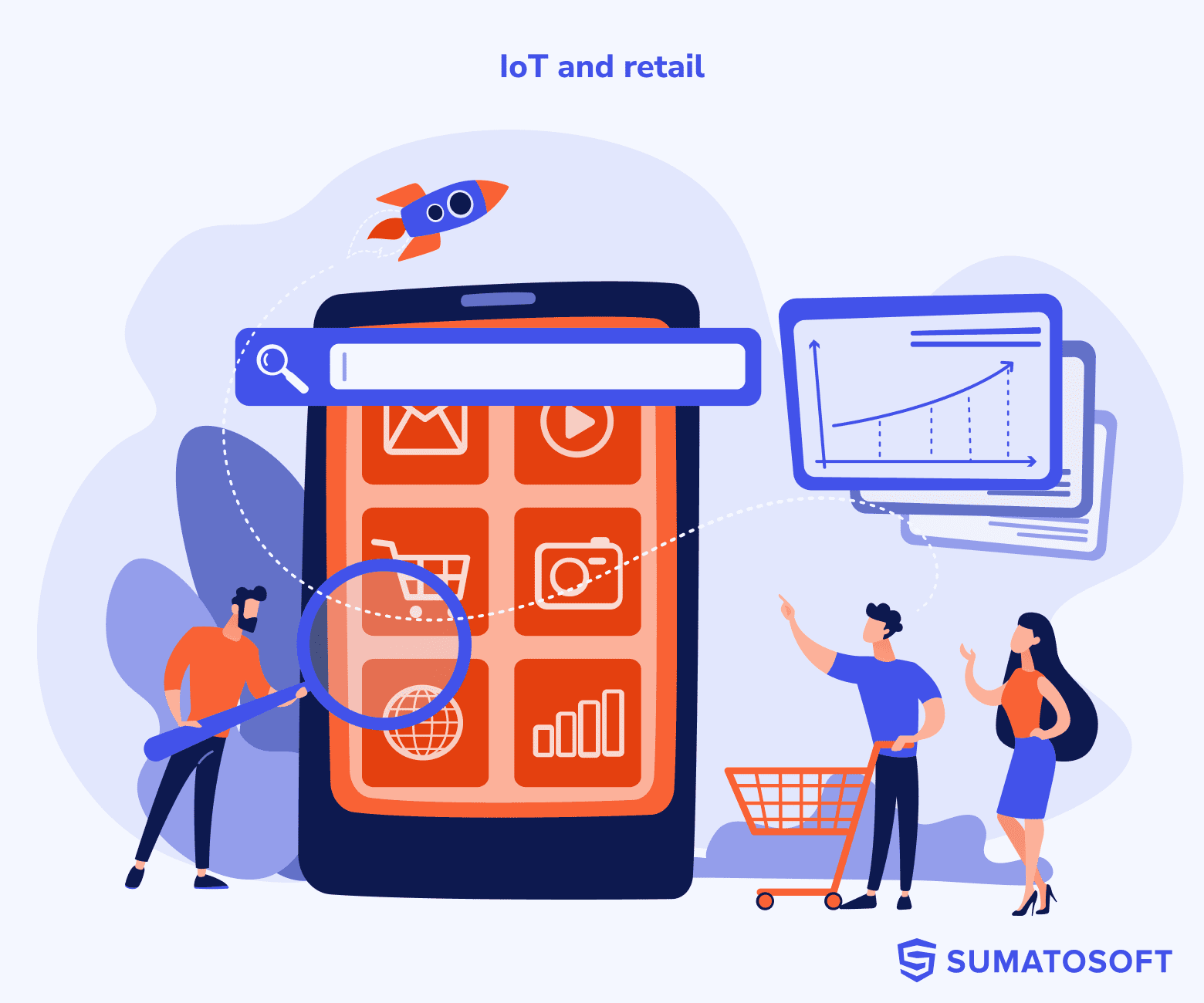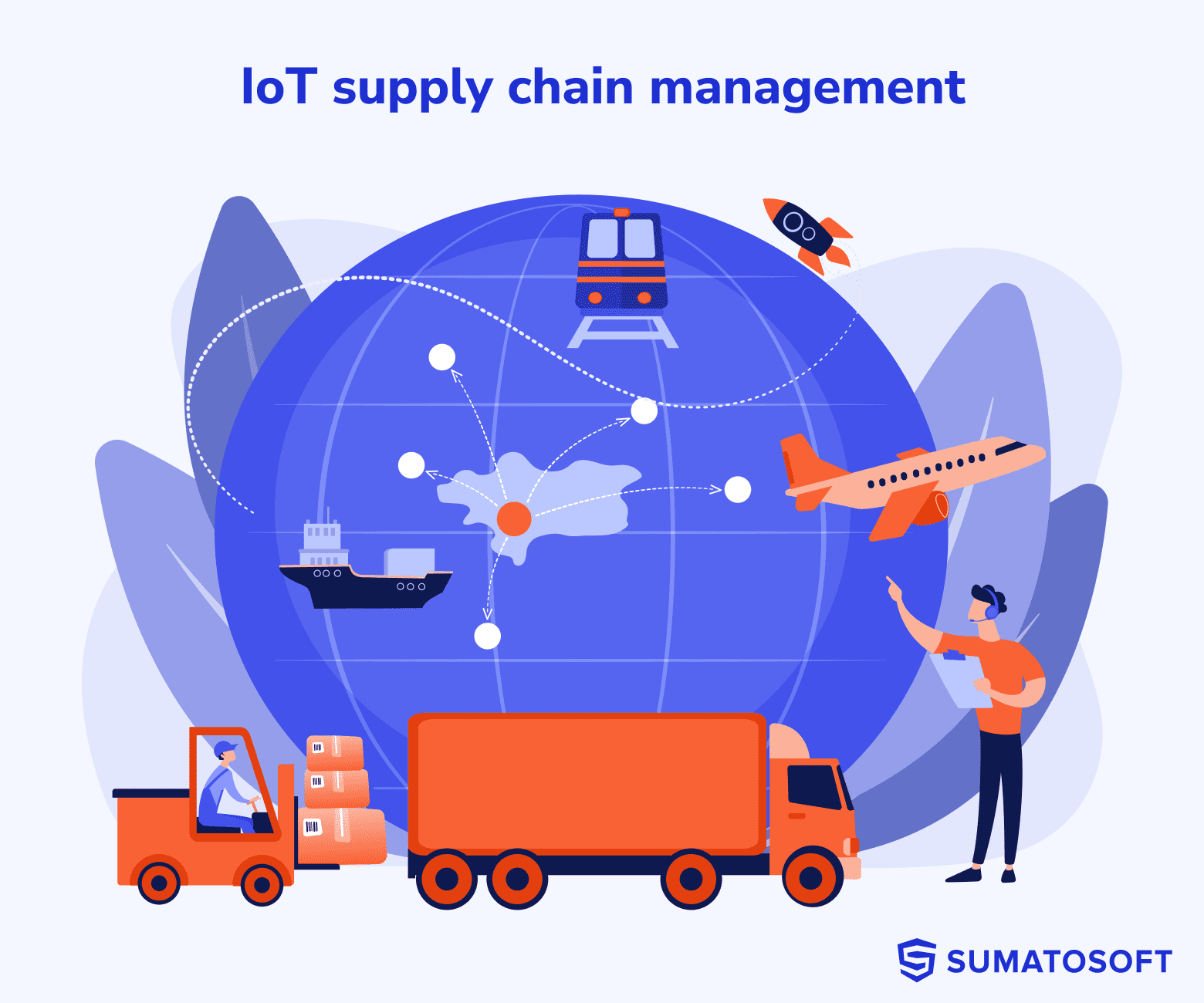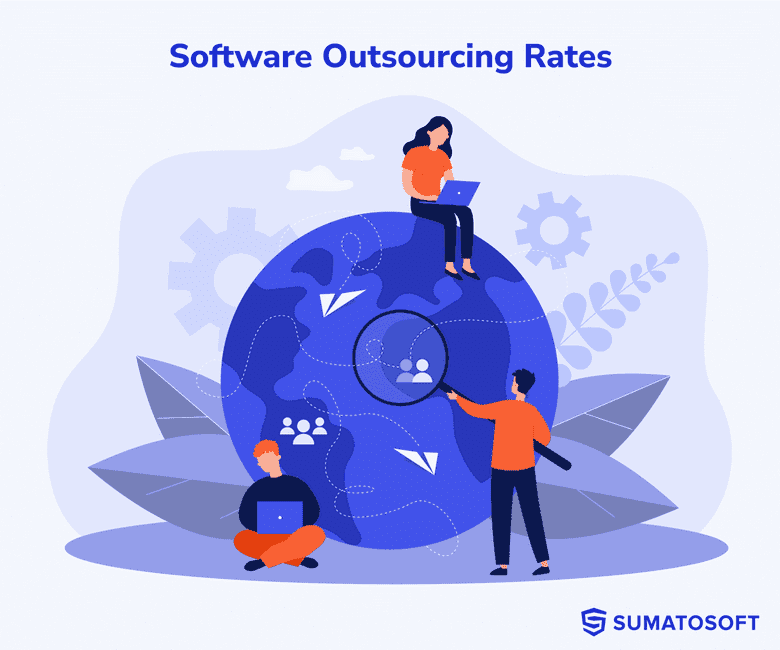Why Does Internet of Things (IoT) Matter (Explained)
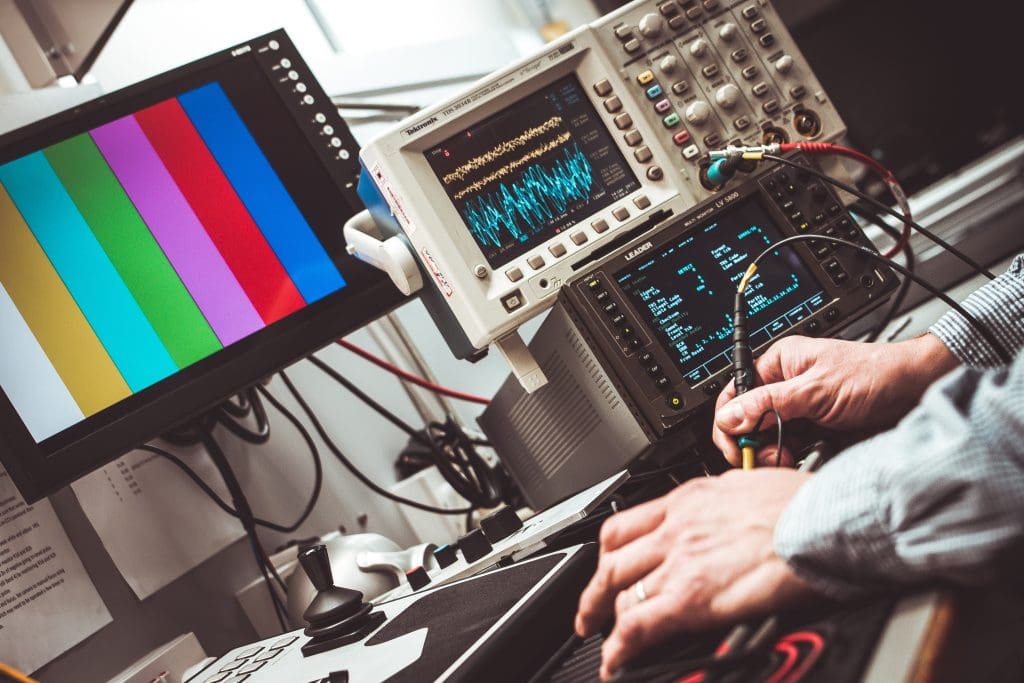

Nowadays, the Internet of Things concept is in the public eye. The idea of a world of gadgets that are connected to the Internet and communicating with one another sounds futuristic. However, it’s not the future anymore.
According to the statista, the number of connected devices grows every year and it’s reached 11.3 billion gadgets in 2021. The estimated future growth will lead to 30 billion devices in 2030. Smart gadgets include not only ordinary kitchen appliances or fitness equipment, but also gadgets that are used in manufacturing, enterprises, logistics, water supply & waste management, government. IoT is set to change the world as we know it. We’re talking industries, government, security, and much more.
We, at SumatoSoft, are excited to see this trend and are happy to be an active participant by providing IoT software development services. We wrote dozens of articles about this technology. In this article, we summarize our knowledge on the influence of IoT on our lives and explain “Why does IoT matter?”.
Throughout the article, we left links to our articles and studies relevant to the text you are reading. Hope, you’ll find them useful.
What Is The Internet of Things
Simply put, the Internet of Things (IoT) is a network of physical devices with some special software installed on them that allows communication through the Internet with the cloud server and with other devices. The data transfer in this network doesn’t require human-to-computer interaction since smart gadgets are designed to share information between one another independently.
The IoT can be classified into three groups:
- Smart things are tangible gadgets that come with user interfaces so people can interface with them (like wristbands). They are designed to be a part of the IoT.
- Sensors and actuators are not directly visible to users since they are usually embedded in smart things. However, they also can come as separate things like smart environmental sensors.
- Connected things are gadgets such as smartphones that run special applications and can communicate with other devices on the network.
Recommended reading
- What is IoT (Internet of Things)? – Explained by SumatoSoft
- What is IoT Architecture | 4 stages of IoT Architecture
- IoT Ecosystem: Top 7 Components (+ Bonus)
How The Internet of Things Works
The IoT works by linking various devices together via Wi-Fi or cellular networks so they can “talk” among themselves and with you. For example, a smart thermostat knows when you’re out at work or school and adjusts its temperature accordingly; your GPS tracks where you’ve been driving daily; your refrigerator reminds you about food items that are nearing their expiration date; your smartphone alerts you when there’s an emergency broadcast coming from local authorities.
The devices communicate over wireless communication platforms such as Bluetooth Low Energy (BLE), Wi-Fi Direct, GSM/CDMA cellular networks, ZigBee Light Link, and 6LoWPAN 802.15.4g LPWAN standards, which are just some examples of IoT protocols that can be used to transmit data both locally or remotely via the Internet.
To understand why IoT matters let’s examine the Internet of Things from two perspectives:
- The first perspective is the way IoT exists today in industries like healthcare, logistics, manufacturing, etc. We examine industries and businesses people found a good use for the Internet of things and what changes the technology brought.
- The second perspective is the way IoT affects the development of other technologies like big data or machine learning. The Internet of Things brought us an interconnected world. But modern technologies are also interconnected and affect each other.
Why IoT Matters #1: How The Internet of Things Looks Today Across Industries
The Internet of Things In Logistics
You can easily find the positive effects of IoT in logistics. The IoT can provide real-time information about where things are, who has them, and what they are doing. This helps businesses make better decisions about where to source products from and how long they will take to get to customers.
GPS monitoring can also use RFID tags on products as well as bar codes on shipping containers. The tag contains a unique ID code that identifies it as belonging to a specific customer order. When scanned at checkpoints throughout an entire supply chain network, the good can be easily tracked. Moreover, companies can keep track of inventory levels for each product line sold directly into their inventory system.
Empowered Supply Chain
The Internet of Things transforms the supply chain. In the previous chapter, we discussed how IoT helps track the location of goods as they move from manufacturers to consumers. Besides the transportation industry, the supply chain can benefit from IoT technology in warehousing thanks to connected robots that perform some operations. For example, retailers such as Amazon have started using robots to pick orders from shelves.
Moreover, using enhanced data analytics businesses can predict future demand for products by monitoring sales patterns and trends. This allows companies to adjust their production levels accordingly, ensuring that goods are available when needed.
In addition, logistics systems are becoming more sophisticated thanks to the availability of real-time data from IoT devices. This enables businesses to reduce costs by optimizing routes, reducing fuel consumption, and reducing traffic congestion in urban areas.
How the Internet of Things is Creating Industry 4.0
Industry 4.0 is a term used to describe the fourth industrial revolution. It’s a global phenomenon that refers to the integration of information and communication technologies (ICT) with manufacturing technologies, which is expected to change the way we work and live.
Industry 4.0 features the integration of new technologies, including the Internet of Things (IoT), cloud computing and analytics, and AI into manufacturing processes, production facilities, and throughout operations.
Why IoT Matters For Wearable Technology Market
Wearable technology is everywhere. From the wrist to the ear, glasses to shirts, and everything in between, wearables are becoming a dominant force in the market. One-in-five people in America use smartwatches or fitness trackers. Smart wristbands and watches can track workouts, sleeping, heart rate, and count steps. Do you have a friend with a fitness tracker? Probably, yes. Next time when you meet your friends with fitness trackers, feel free to talk about the IoT impact on their lives.
How Iot is Transforming the Agriculture
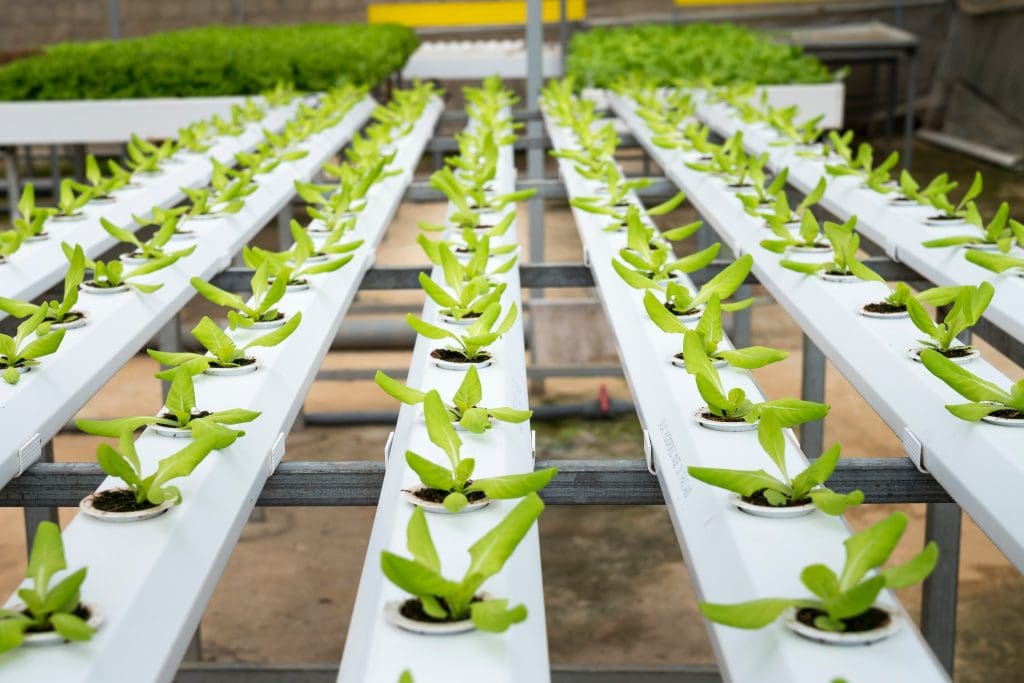
One of the most important aspects of agriculture is farming itself. Smart agriculture will help farmers to understand how to maximize crop growth and reduce costs by using IoT devices.
For example, a sensor can be placed on the ground that detects the soil moisture content and transmits this information to an app on a farmer’s phone. The farmer can then adjust irrigation accordingly—something that was previously done by guesswork or checking manually for signs of wateriness in the soil (a process known as “walking around” or “mud pie reading”).
The data from these sensors can also be used to provide more precise advice about when crops should be planted based on local climate conditions, helping farmers reap higher yields and avoid wasting money on seeds that won’t grow well in their current environment. This could mean fewer losses from pests like locusts whose numbers have been increasing due to warmer temperatures.
Self-Driving IoT Revolution
In the future, self-driving cars will be everywhere. It’s expected that by 2040, more than 75% of the world’s vehicles will be self-driving(thecarconnection.com)! Imagine how much time and energy this shift could save us all. That’s why it’s so important to understand the importance of IoT in this industry: we need to make sure that we have reliable ways to connect our transportation systems.
Iot Connected Smart Homes
As we’re sure you’ve noticed, the world of tech is constantly changing. Today’s smart home is tomorrow’s outdated technology. But what exactly is a “smart home?”
A smart home is any house with connected devices that can be controlled remotely or by voice command. Smart homes also allow you to connect smart gadgets inside the house to the internet, which means they have access to even more info than just what your house displays. You might have an air purifier installed in your bedroom that can detect when you fall asleep and turn off when it detects no movement for an hour or two. Or maybe your lamps are synced up with a music playlist on Spotify, and they automatically go off after midnight so as not to disrupt your sleep cycle (and annoy any roommates).
The possibilities for what these types of devices could do in future iterations seem endless.
Iot Connected Smart Cities
Smart cities are cities that use digital technologies to improve the lives of their citizens. Examples include using smart parking meters and sensors to detect when a parking spot is available or using data from traffic lights to optimize traffic flows. Smart cities can also provide better access to healthcare services for residents, such as by providing remote consultation via video call or SMS.
The goal is to create a more efficient and sustainable urban environment by using technology to improve transportation, water management, energy usage, public safety, real estate development, and other urban functions.
Smart city projects typically focus on improving quality of life through more efficient services, reduced congestion, improved health, enhanced public safety, and better government transparency.
In addition to these basics, there are many opportunities for startups in this space—for example:
- Apps that help people navigate through the city more easily (e.g., maps with real-time updates on traffic)
- Alert systems that get information out immediately when there’s an incident (e.g., earthquake)
- Technologies that help manage energy usage efficiently
How Iot is Transforming The Healthcare Sector
With the growth in technology and usage of smartphones, healthcare started to provide convenience to patients and doctors alike. Take a look at the Dexcom G6 Continuous Glucose Monitoring (CGM) System that monitors blood glucose and alerts its users when a boundary value is reached.
There is also E-healthcare that largely became possible thanks to the Internet of Things. It refers to healthcare services delivered electronically over the Internet or other computer networks such as telemedicine or telepsychiatry. E-healthcare helps patients get quick access to medical treatment at any time of day or night without the hassle of traveling long distances or waiting in long queues at hospitals.
It encompasses a wide range of applications that include:
- Patient-management systems – These systems help manage patient records and improve communication between doctors, nurses, and other healthcare professionals. They also allow patients to access their medical records online.
- Medical records – Medical records are documents concerning the health histories of individuals. These documents can be shared among various doctors and medical institutions.
- Pharmaceuticals – Electronic prescriptions, clinical drug trials, electronic pill management, etc., refer to using computers for pharmaceutical purposes such as checking the prescription history of patients or conducting clinical drug trials over the internet.
- Remote monitoring – IoT Remote monitoring refers to using wireless technology such as sensors or wireless networks to monitor patients remotely from a central location.
More Info On This Topic:
- Top 16 Internet of Things (IoT) Books to Read in 2024
- 20+ IoT Business Ideas & Opportunities for Business
- Top 5 Trends in IoT Development for 2024 [Updated]
Why IoT Matters #2: The Internet of Things Boosts The Development of Other Fields
The Internet of Things doesn’t go alone to the bright future. Instead, it goes hand in hand with other technologies that complement each other. In this chapter, we will talk about the way technologies grow together.
Hardware: Sensors and Actuators
Source: rolls-royce.com
Sensors measure physical parameters such as temperature, humidity, and pressure. Actuators control physical processes such as opening doors, turning on lights, and starting engines. Sensors and actuators are like sense organs and hands of the IoT systems. They allow IoT to feel the environment and interact with real objects.
However, the more complex smart systems, the more accurate sensors should be. For example, the famous luxury car manufacturer Rolls-Royce uses the digital twins’ concept in one line of business: aero-engine manufacturing. A digital twin is a virtual model of a physical object and its physical characteristics. IoT sensors monitor the physical parameters of the object, while special software runs simulations and checks based on this data if the real object will work properly during the flight.
The Great Collaboration With Big Data
Big Data is a term used to describe the methods for processing massive amounts of data. The term “Big Data” was coined in 2008 by Doug Laney, who defined it as “the analysis of large datasets to uncover hidden patterns, unknown correlations, and trends.”
Since IoT collects huge volumes of data of various types, the synergy of big data and IoT is the collaboration that can transform piles of useless information into meaningful insights.
For example, Disney spent more than $1 billion to develop a Magical Wristband to improve the personal experience of visitors in Disney parks.
Or the UPS transportation and logistics company set smart sensors in the transportation fleet and captured every piece of information from vehicles on the road. Was it helpful? Definitely yes! The company made a smart logistics system called ORION that creates optimal routes for delivery and is responsible for predictive maintenance. All these would be impossible without deep analytics of the gathered data.
Artificial Intelligence and Machine Learning
AI is a broad concept that refers to any system that exhibits intelligent behavior. It is used to describe everything from computer systems, such as Watson and Deep Blue, to the humanoid robots of science fiction. AI research is broken into sub-fields that focus on specific problems or approaches, such as machine learning, robotics, and natural language processing.
Here we can speak about the predictive maintenance concept. Predictive maintenance is designed to help monitor conditions of some equipment, like manufacturing machines or vehicles to estimate when maintenance should be performed. According to the research from Market Research Future, the Predictive Maintenance (PdM) Market is to hit USD 111.34 Billion by 2030 growing at a 26.2% CAGR from 2021 to 2030.
Predictive maintenance became possible thanks to the precise IoT sensors that can get the data about equipment and machine learning algorithms that can perform different types of analysis like vibration analysis, oil analysis, thermal imaging, equipment observation, etc.
Data Visualization With The Internet Of things
IoT data visualization is a way to present data in such a way that it becomes easy for people to understand. Data visualization allows you to see relationships between different variables and is an essential tool for understanding the large amounts of information generated by IoT devices like sensors, cameras, and wearables.
An example that uses IoT data visualization is Aker company which enables proactive deep real-time crop observation to mitigate yield loss. A network of sensors that are placed across the fields helps to identify damage from insects or sick crops before it becomes a real issue. A visual interactive dashboard is responsible for communication with the network.
Source: pinterest
Cloud Technologies are the Brain of IoT
Cloud technologies are becoming increasingly important in IoT development because the cloud is the place where all the magic happens. Cloud Technologies are one of the IoT ecosystem’s components that is simply called the cloud. All data that circulated within an IoT system flows from sensors to the cloud. Here the data is stored and analyzed by big data methods and machine learning algorithms. In most cases, The control of the IoT ecosystem happens in the cloud as well. For example, you can remotely open the door lock with an app on your smartphone. When you send a command to open the lock, it isn’t transmitted to the locker directly (even if you stay right in front of it). Instead, it goes through the cloud.
Source: smart locker at aliexpress
Also the cloud takes care of IoT update management, and fleet management and control. Developers and talented specialists will continue to look for new ways to improve the cloud’s efficiency.
Database Development
A database is a data collection organized for quick retrieval and editing. It’s like a filing cabinet: you can store documents in it, but it’s not as easy to find what you’re looking for. However, if the number of documents continues to increase the filing cabinet falls apart and goes out of free space. This simple example is a metaphor, viewing one aspect of the challenges the Internet of Things has faced.
According to Statista, the data volume of Internet of Things connections worldwide reached 13.6 zettabytes in 2021. To get how big this number is, it’s necessary to buy 3 billion personal accounts at Google Disk with maximum storage volume (30 terabytes) to have enough space to only store the data that was generated by IoT during one year!
Moreover, databases should be effective in data handling, preprocessing, and retrieving. So IoT requires an intelligent data management system as well. Taking into account all these requirements, new databases appeared like InfluxDB, CrateDB, Riak TS, and others. They are tailored to handle large volumes of data of different types that IoT systems generate.
Security is Simultaneously Top Priority and the Hardest Challenge for IoT
Source: theguardian.com
IoT sensors can collect sensitive information that shouldn’t be accessed by third parties. And IoT systems have too many holes where information leakage can occur: smart things can be hacked, traffic flow between devices and the cloud can be intercepted, or the cloud can send the command to install malicious software during the next update session. Or, simply, the sensitive information somehow gets into the Internet.
Consequences from such leakage could be minor like more personalized advertisements based on places you visit and your lifestyle. But some leakage leads to the revealing of very sensitive information like the location of a secret US army base based on the jogging routes of militaries.
The security challenge is a top IoT trend since 2019, and it’s still relevant since the number of devices keeps growing.
How The Life Will Look Like In The IoT World
Well, here we can only imagine what it will look like. But let’s give it a shot!
You wake up in the morning and see how your curtains are automatically opening. You go to the kitchen where the cup of hot coffee is waiting for you because your bracelet alerted a coffee machine you were about to wake up. After finishing all your morning routines you rush to get to work, the taxi is already waiting for you since your house called it when it saw you dressing. In the taxi, you begin to doubt if you lock the front door and check it with your phone. You didn’t lock it indeed but it’s okay. You lock it with your phone.
You work in a metalworking industry that is very harmful to people’s health. Fortunately, not anymore since you perform all necessary operations remotely by controlling a robot. You are calm since you know if any emergency happens you can call your college on another continent who helps to solve the issue in real-time thanks to special cameras that translate the video over the cloud. After work you call your father and ask him about his health, checking the real-time report from medical sensors that are connected to him. Everything looks good for you, the remote doctor also confirms it.
You return home to your family by taxi as fast as if it rode the straight road. It’s all because traffic congestion is not a problem anymore thanks to smart traffic lights and instant search for parking spaces.
You finish your day happy.
Final Words From SumatoSoft
It’s the future of the technology industry, and you will be intimately involved with it. You might not design the hardware or software, but you’ll interact with IoT-enabled products for years to come. You’ll see older products that are getting an IoT makeover. Maybe you’ll design IoT architectures and ecosystems for consumers and businesses alike, as these have become a normal part of modern life. All of these scenarios will connect people and their lives in more meaningful ways. If you’re ready to get started with IoT design, you should investigate what your role will be in this new world order…and get excited about it!If you have any questions or would like to talk to us about how Sumato can help grow your company, please contact us. We’d love to hear from you!
Let’s start
If you have any questions, email us info@sumatosoft.com
